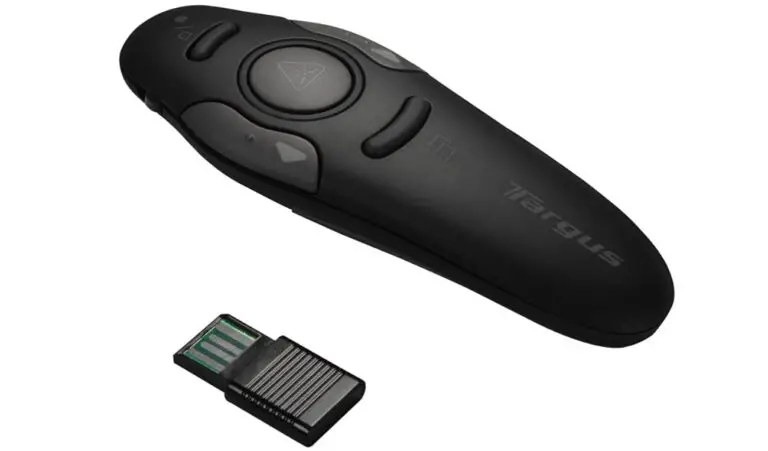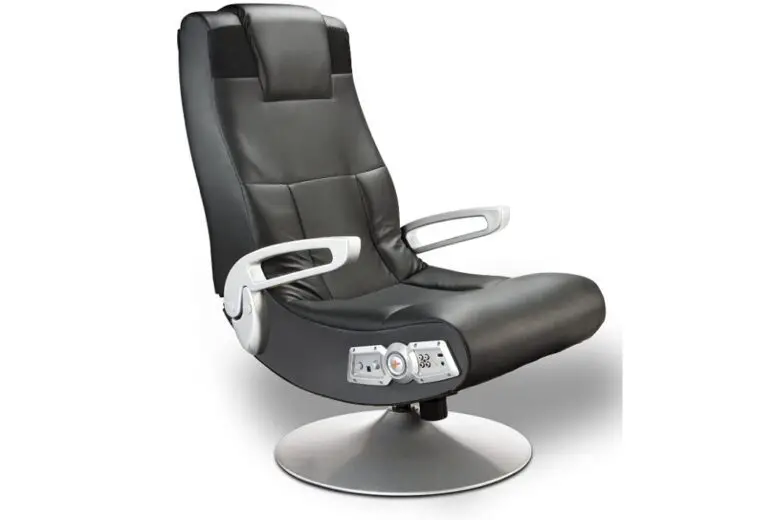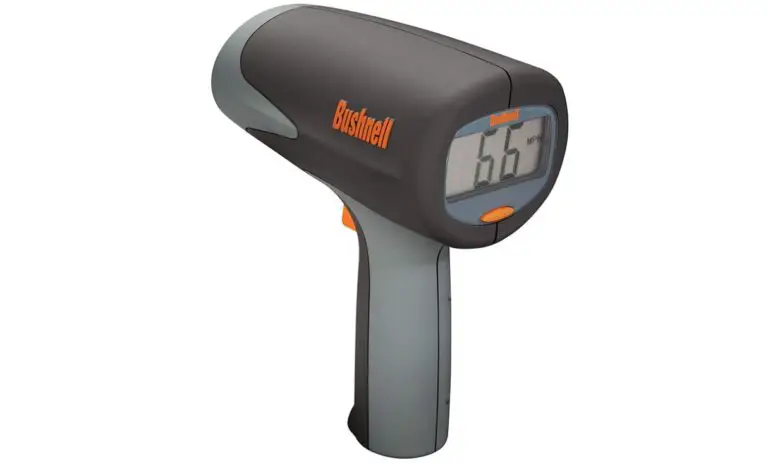Best Fishing Drone Reviews and Guide
Introduction
Are you looking for a way to catch more fish? If that’s the case, the best fishing drone is the way to go. Drones for fishing are quickly becoming a must-have for anglers of all ability levels. Many anglers’ success rates have improved as a result of them, and they’ve become a significant element of their lure-selecting process.
Everything these days can be done with one form of technology or another, so why not fish with a drone? There are drones developed expressly for fishing, making it easier for you to capture more and more fish each time you visit the pond.
There are many various types of fish finders available, but they all have one thing in common: the capacity to detect underwater motions using sonar or GPS technology. Some are more sophisticated than others, but they all have a purpose!
They’re pricey, but if you want to be successful every time, they’re worth every penny! These high-tech devices make life easier when it comes to your pastime while also providing hours upon hours of enjoyment, making them ideal for everyone to utilize.
There are a lot of fishing drones on the market, and deciding which one is ideal for you might be difficult. So we’ve compiled a list of the top fishing drones for you to select from.
Best Fishing Drones of 2023


DJI Phantom 4 PRO Professional Fishing Drone


SwellPRO Spry+ Waterproof Sports Fishing Drone


DJI Air 2S Drone Fly More Combo with Remote Controller


PowerVision PowerEgg X Wizard Fishing Drone


3DR Solo Quadcopter Fishing Drone


DJI Mavic Pro Fishing Drone


DJI is the first name and product that many people, young and old, think of when they think of drones. It’s noted for its one-of-a-kind features and advanced functioning.
The Phantom 4 Pro’s construction quality is constructed of a titanium alloy and magnesium alloy combination, which offers better rigidity and keeps the drone’s weight to a minimum.
A 3-axis gimbal for stabilization, a 20MP CMOS camera sensor, and 4K films at 60 frames per second are all supported. It also has a great range, with a maximum control range of around 4.3 miles.
Above all, its battery life and overall flight performance are unrivaled. This drone has five-direction obstacle sensing built-in, as well as numerous intelligent flight modes at your disposal.
If you don’t couple your Phantom with the Drone Sky Hook Release and Drop device, you won’t be able to drop your line.


This is a completely waterproof and buoyant drone with an exterior watertight on/off switch that allows you to power the Spry+ without having to open the hatch lid. So don’t be afraid to take a shot near water or land and take off from it.
It has a top speed of 43.5 mph, an aerodynamic frame to assist reduce drag and turbulence, an array of inside aluminum heat sinks to help transfer heat to the outside of the frame, four vibration-absorbing bumpers to help you land securely on the ground, and an Autonomous Landing System.
Wi-Fi connectivity, navigation by pairing your mobile device with the remote controller, Hatch lid that enables ventilation without letting water in and prevents water from entering the fuselage when opened.
Swellpro’s Spry+ Compact Waterproof 4K Drone takes flying to a whole new level.


This is the ultimate drone for mobile designers. Despite the fact that it is not waterproof, it is a capable consumer drone with all of the necessary visual capabilities.
It has a gimbal-stabilized camera that can be pointed straight down, a 1-inch CMOS sensor, a tiny body weighing less than 600 g, powerful autonomous functions, and an easy filter attachment system that allows for the installation of a polarising lens and lake penetration.
You can spend more time enjoying flights and less time worrying about them because of the combination of portability, safety, and intelligent technology.
In four directions, the DJI Air 2S can scout its surroundings (up, down, forward, and backward). DJI Air 2S can actively avoid obstacles in more complex circumstances and at high speeds thanks to updated algorithms for Advanced Pilot Assistance Systems.
DJI also supplies high-quality charging equipment, and the control app is simple to use for beginners and inexperienced users. Confidently launch your DJI Air 2S into the sky to get the most out of the experience.


This 4K drone can walk on water and withstand a splash. The PowerVision PowerEgg X Wizard drone is a strong drone that offers a better flying experience and has long battery life. It can land on the water’s surface and then lift itself off.
A typical 1 / 2.8-inch CMOS camera sensor, a 4k/60fps UHD camcorder, and a 3-axis gimbal that effectively filters out vibration and provides smooth footage are all included.
Furthermore, if you want to switch hobbies, you can remove the drone body from its arms and utilize the ‘egg’ as a stabilized action camera — it’s versatile.
It has a tracking field of vision of up to 170°, and facial recognition and deep learning are possible thanks to the AI algorithm and robotics technology.
Another benefit of SyncVoice technology is that it allows users to narrate in real time utilizing their phone’s microphone or wireless earbuds.


Without sacrificing features, the 3DR Solo provides both affordability and power. With an average flight time of 22 minutes, this compact small instrument is suitable for reconnaissance activities up to 800 yards away. You may buy a GoPro camera separately to orbit your boat and look for schools of fish. On your mobile devices, you may also watch clear HD video feeds.
This drone is not only one of the best for fishing because of its almost half-mile range; it also includes smart technologies. The 3DR may easily be programmed to follow GPS coordinates’ waypoints. It can also be programmed to remember current GPS coordinates.
This is particularly important if the drone is being used to scout fish from a boat. Before the trolling motor or the shadow of the boat scares the fish away, use the drone to carefully circle the course in search of them.
This drone is great for casting and dropping bait, according to this controversial new approach. The 3DR Solo drone manages to retain close to the maximum flying time despite the addition of a rather thick fishing line and its onboard camera. Hover the bait line-loaded device over the fish you’re after and lower it till the line reaches the water’s surface.
Make sure your drone has an auto-release kite clip so it doesn’t be dragged down if your line gets tangled. You should also make sure that the drone is recalled as soon as the bait is taken and the fish is reeled in.
This drone also features cognitive terrain mapping to help it avoid being tangled or colliding with trees, bridges, or buildings. This capability is especially beneficial when the drone is returning home and encounters an obstruction that was not present during the launch.
The 3DR Solo is a wonderful choice if you want to try drone fishing without making a large financial investment. This drone can be ready to assist you in effortlessly discovering those great fishing areas with modest modifications and a few additional pieces of equipment.


We’ve returned to DJI. But can you honestly say you’re surprised? No, I don’t believe so.
I don’t want to come across as overly enthusiastic. DJI, on the other hand, almost single-handedly propelled the consumer drone market to where it is now.
But what sets this fishing drone apart from the rest in the pack? The Mavic Pro, like its cousin the Phantom 4 Pro, requires a payload delivery system upgrade. If you only plan to use it for exploring the region, though, you may forego the additional equipment and focus on the great flight experience this drone provides.
On a single charge, you’ll receive up to 27 minutes of flight time (three batteries are included in the Fly More kit), a 4.3-mile range, and live video transmission in 1080p or 720p resolution, depending on your preference.
Another huge positive is that it’s lighter than the Phantom 4 – though, at 1.6 pounds, it’s still not exactly light.
Things To Consider While Buying a Fishing Drone
This should go without saying, but you can’t just pick up the first drone you come across and call it a fishing drone.
A high-quality drone camera, a longer flight range, longer-than-average battery life, and a larger cargo capacity are all things to think about when making a decision.
I get that it all seems a little intimidating at first – especially if you’re new to these gadgets or kayak fishing in general – but that’s about to change. I’ve put up this tutorial in the hopes of resolving any ambiguity you may be experiencing right now.
Battery Life
When it comes to fishing with a drone, I’d think that having a lengthy battery life is a requirement. You’ll have to keep an eye on the clock unless you have a waterproof fishing drone, hoping – and probably praying – that you get the drone back and land it securely in time.
If the drone misses the mark and runs out of juice while still over the ocean, it might be doomed.
Here’s the good news:
Most drones have a flight time of 15 to 25 minutes per battery, with some high-end versions reaching 30 to 35 minutes. That should be sufficient to get to your point of interest, drop the bait, and safely return to you.
However, I must caution you:
These battery performance ratings may not account for the added weight of your bait and line, resulting in slightly shorter battery life in practice.
If in doubt, bring an extra battery — or two if going on a lengthy fishing excursion.
Range
Before you let your drone go over the sea, be sure you know how far it can fly.
If you’re fishing in a small body of water, the drone’s maximum range won’t matter as much – but what about ocean kayaking? Unless you plan on following your drone around like a madman, I’d recommend getting one with a longer range than the norm.
Drones may now travel for miles without losing their broadcast signal. Others, on the other hand, will need to stay within a few hundred feet of you. It’s something you should certainly look into.
Camera
You know you want to take that photo, and you know it’ll be impossible without a good camera.
It’s even more important if you’re going to use the drone to scout the region. So, even if we ignore the great selfies and stunning aerial images, I’d still recommend double-checking the camera your drone is equipped with.
But don’t get too caught up in the camera’s resolution.
Excellent camera stabilization – preferably with a three-axis gimbal – and angle adjustment are also critical to its performance.
The true magic happens when you combine a high camera resolution – at least 1080p HD with the capacity to record video – with a high-quality stabilization system.
That’s how you get seamless video and a great view of the surroundings.
Payload
One of the primary differences between a “normal” drone and a fishing drone is that the latter is expected to carry additional gear. Bait and line may not appear to be particularly heavy to you, but your little quadcopter may disagree.
The lure, live bait, fishing lines, release mechanism, and perhaps sinkers all add up to a significant amount of weight – sometimes up to a pound.
So, before you fall in love with it, make sure it can fly with some more stuff on its back. Don’t get too carried away, though:
The more payload you add, the faster the battery will run out of power.
Because many commercially available drones aren’t built to carry additional weights, you’ll want to see how your quad reacts when equipped with your fishing gear and what its dry-land limit is.
Additional Considerations & FAQs
Do You Need A License To Fly A Drone?
Yes, and not only a license, but also four years of pilot training. I’m simply making fun of you. No, flying a drone usually doesn’t require any additional papers. You should be aware, however, that drones weighing more than 0.55 pounds must be registered with the FAA.
Most fishing drones, it turns out, weigh a lot more than that.
Be wary of no-fly zones while we’re at it.
Drones are prohibited in various locations in the United States. The Federal Aviation Administration determines these so-called no-fly zones, which often comprise airports, security zones, and stadiums during sporting events.
Before taking to the skies, I recommend double-checking local and federal laws.
Is Drone Fishing Legal?
In the United States, the IGFA (International Fish and Game Association) says that fishing with a drone is lawful only if the line detaches from the device after a fish is hooked.
Additionally, using a drone to drop bait or scout fishing sites is legal.
However, using a drone to hook and take a fish out of the water is illegal.
How Do You Drop A Fishing Line From A Drone?
You should be ready to take off if you’ve set everything up correctly, opened your reel release, and taken out a substantial quantity of your fishing line to keep it from getting stuck in the drone’s propellers.
Once the drone is in the air, maintain the altitude consistent and the speed moderate to avoid the line jamming or becoming tangled. More importantly, maintaining a constant speed will prevent the bait and sinker from becoming a pendulum.
Fly the drone to the desired place, change the camera angle to better survey the area, and then press the release button to have the drone drop the line and bait if the conditions are correct.
Return the drone to its original location and continue as usual.
How Do You Fly A Drone For Fishing?
Look, it’s a reasonable query. After all, we’re kayaks and fishers, not drone pilots.
Flying a drone isn’t rocket science, but it does take some getting used to, especially when you throw in a kayak, fishing gear, and a body of water.
Before you move on to the actual remote controller and your drone, start by putting up your fishing rod. Now make a slipknot on your fishing line and hook it to the release mechanism on your drone — and get ready to fly.
Yes, the setup is straightforward.
Your piloting talents, on the other hand, will almost certainly require further practice.
Benefits of Using Drones for Fishing
One of the major advantages of using a drone for fishing is that it allows you to reach areas of the water that are otherwise unreachable. Drone fishing is a fantastic option for those who do not own a boat or do not want to go out on the water. Anglers that prefer to fish near the coast use fishing drones to gain access to deeper, more populous seas. The drone is also very useful because it provides an aerial view and helps people acquire visual insight into the water’s state. This function also indicates whether a particular location is appropriate for landing a large haul.






